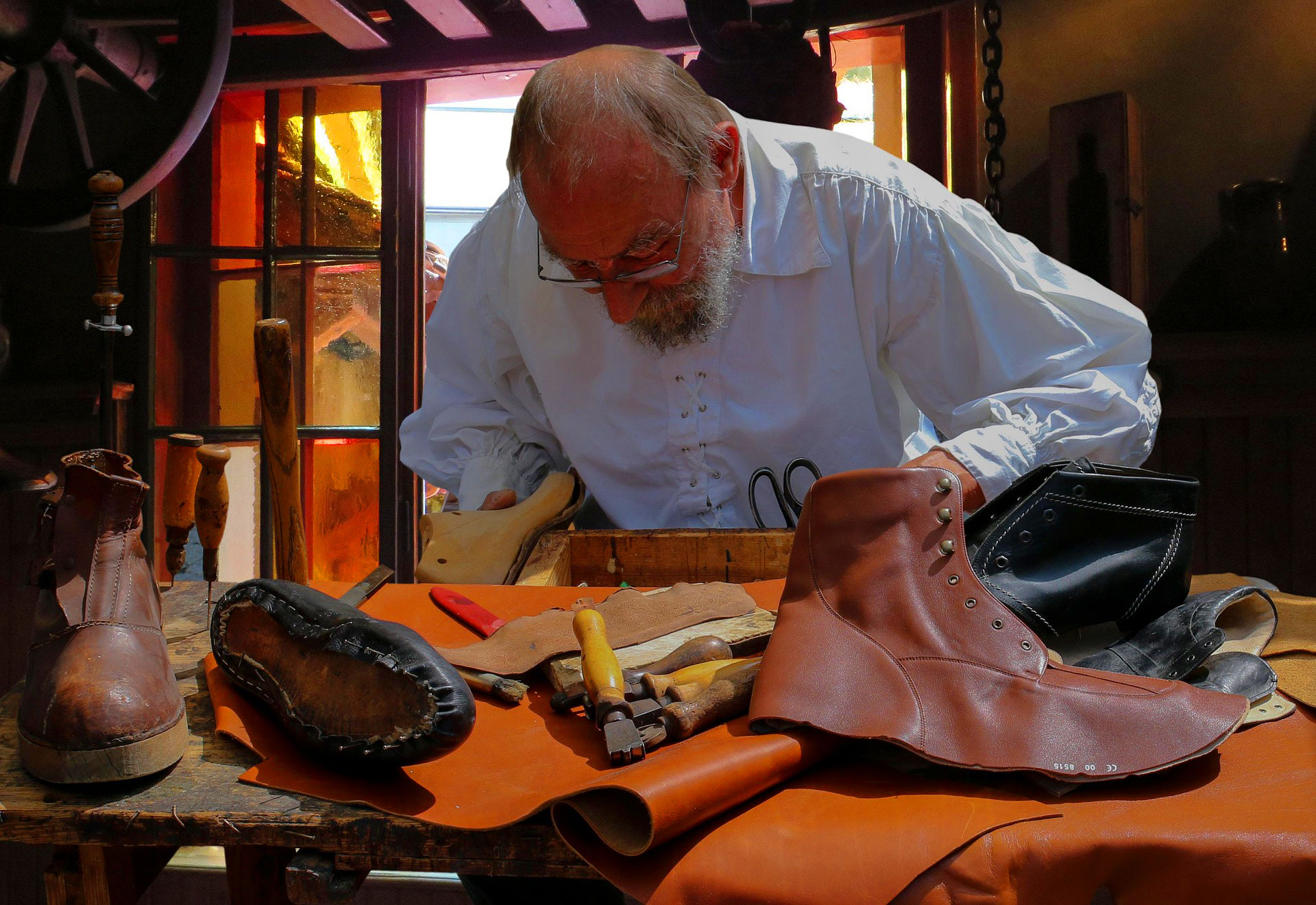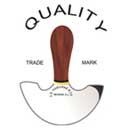
06 Jul This Is What Separates Leather Hobbyists from Masters
Anyone can pick up a piece of leather, a stitching awl, and a YouTube tutorial. And truth be told, some of the best leather crafters start there. But the leap from hobbyist to master doesn’t come from repetition alone; it comes from intention.
A master isn’t just making something. They’re designing with foresight. They see the curve of the strap before the knife even hits the hide. They know how the grain will behave, how the leather will stretch, and where the stress points will live five years from now.
Where the hobbyist reacts, the master anticipates.
Every Cut Has a Reason
In early leatherwork, mistakes are often hidden under dye, burnish, or stitch. But at the master level, there’s no such thing as “close enough.” A master’s blade moves like it belongs in the leather. Clean. Confident. Committed.
This precision doesn’t come from luck. It comes from understanding:
- The sharpness of the tool matters
- The angle of approach matters
- The pressure of the hand matters
You can’t fake that. And you can’t rush it.
Tools Aren’t Just Accessories, They’re Extensions
Here’s the biggest secret most hobbyists miss: you don’t need a hundred tools. You need the right ones, and you need to know them intimately.
A master knows the feel of their pricking iron like a musician knows the neck of their guitar. They know the exact weight of their mallet, the tone of their edge beveler dragging across veg-tan.
They don’t fight the tool. They move with it.
Finish Isn’t Just a Look, It’s a Standard
To the untrained eye, a finished wallet is a finished wallet. But a master sees more. They see edge polish that’s smooth as glass. Stitch lines that are perfectly spaced, burnished in just enough to breathe. Corners that curve evenly, interiors that lie flat, tension that holds under pressure. It’s not perfection they’re chasing, it’s integrity.
The piece has to function beautifully. That’s where mastery lives.
Patience Is a Skill, Not a Personality Trait
Hobbyists often rush the drying. Skip the skiving. Take shortcuts around stitching. That’s not laziness, it’s eagerness. But eagerness can’t replace patience.
Masters wait. Let the glue cure. Let the leather rest. They don’t sand once; they sand three times, because they know the edge will tell on them later.
In leatherwork, time isn’t the enemy. It’s the tool that shapes your work into something lasting.
Conclusion
Being a master leatherworker doesn’t come with a certificate. There’s no line you cross. It’s in the way you approach the craft. In the humility to keep learning. In the pride that shows up not in your words, but in your work.
The difference is quiet. But it’s unmistakable. Because once you’ve handled the work of a master, everything else feels just a little… unfinished.


